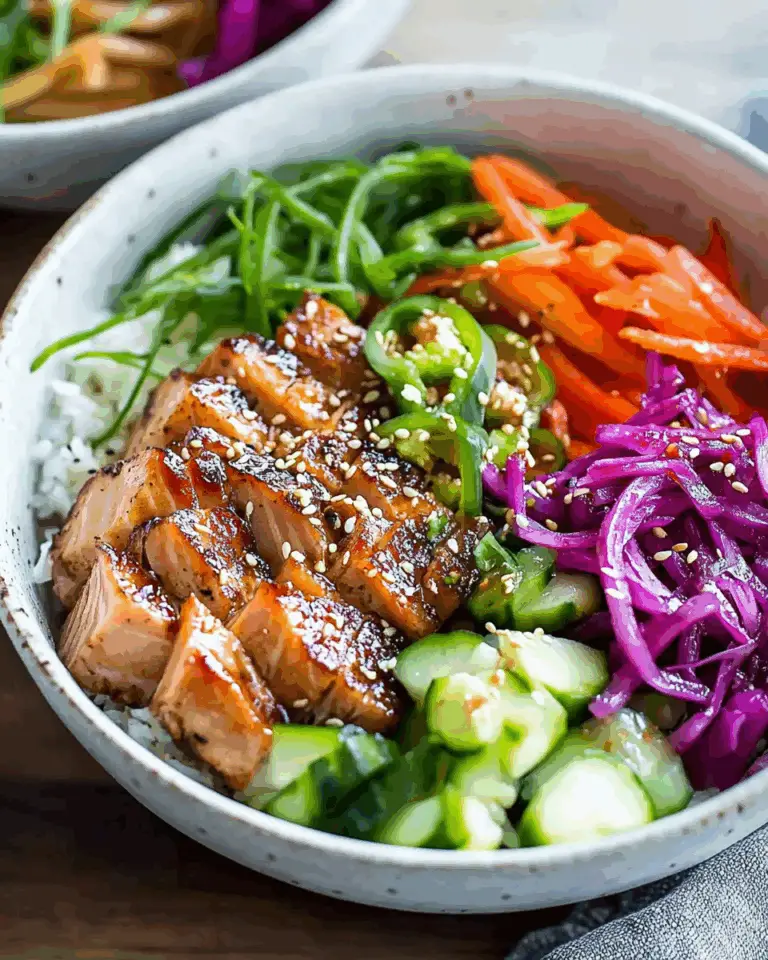A Glimpse into the Origins of Poke
The word “poke” (pronounced poh-kay) is Hawaiian for “to slice” or “to cut crosswise into pieces.” Traditionally, poke referred to chunks of raw reef fish simply seasoned with sea salt, seaweed, and crushed kukui nuts. It was a practical meal for Hawaiian fishermen who prepared it fresh from the day’s catch. With the introduction of Japanese and other Asian culinary influences over time, soy sauce, sesame oil, and other ingredients became integral to the modern poke marinade we know today.
Poke bowls, as served now, are a more recent culinary evolution—pairing the traditional marinated fish with rice and a rainbow of toppings. The result is a dish that offers both nourishment and aesthetic appeal, served cold, light, and bright.
Customizability for Every Lifestyle
One of the greatest strengths of poke bowls is their infinite adaptability. While ahi tuna remains the classic centerpiece, diners can easily substitute other proteins like salmon, shrimp, or even tofu and tempeh for a vegan variation. This makes poke bowls ideal for a wide range of dietary preferences including pescatarian, vegetarian, gluten-free, dairy-free, and low-carb diets.
The base is just as flexible. White or brown rice offers a traditional foundation, but health-conscious eaters often opt for soba noodles, rice noodles, quinoa, or leafy greens like spinach or arugula. Each provides a different texture and nutritional profile, allowing individuals to tailor the bowl to suit their wellness goals.
The toppings truly elevate the bowl—adding crunch, color, and contrasting flavors. From creamy avocado slices to tangy pickled ginger, from sweet edamame to crispy shallots, the choices are endless. Even the sauces can be tailored: a spicy sriracha mayo adds heat, while a citrus-soy drizzle enhances the umami richness.
A Balance of Taste, Texture, and Nutrition
Poke bowls delight the senses not only through taste but through their vibrant visual presentation. A well-composed bowl is a mosaic of textures and colors—soft marinated tuna, crunchy vegetables, rich avocado, and the satisfying chew of rice or noodles. This textural variety keeps every bite exciting and satisfying.
Nutritionally, poke bowls are a powerhouse. A typical bowl with brown rice and vegetables provides a balanced macronutrient profile: lean protein from the fish, complex carbs from the grains, and heart-healthy fats from ingredients like avocado and sesame oil. Each bowl delivers plenty of vitamins, minerals, fiber, and antioxidants, especially when loaded with nutrient-dense vegetables like shredded carrots, cabbage, radishes, and edamame.
For those watching their calorie intake, portion control is easy with poke bowls. A bowl averages around 350–400 calories, making it ideal for a light lunch or dinner. The high protein content (nearly 36 grams per bowl) helps keep you full, reducing the temptation to snack between meals.
Cultural Appreciation and Modern Popularity
Poke bowls are a beautiful representation of Hawaii’s diverse cultural landscape, reflecting influences from Native Hawaiian, Japanese, Chinese, and Korean cuisines. As such, they symbolize not just a fusion of ingredients, but of culinary traditions and communities. Their popularity outside of Hawaii skyrocketed in the early 2010s, fueled by growing demand for fresh, clean-eating options in urban food scenes across the U.S., Australia, and Europe.
Today, poke bowl shops are as common as salad bars in many cities, and home cooks have embraced the dish for its simplicity and flexibility. With easy-to-source ingredients and minimal cooking, it’s become a weeknight favorite for health-conscious households.
Serving Ideas and Flavor Pairings
Poke bowls can be served in a variety of settings—from a casual solo lunch to an impressive dinner party spread. For a family-style meal, lay out a poke bar with bases, proteins, vegetables, toppings, and sauces in separate bowls. Let everyone build their own bowl according to their tastes. It’s interactive, fun, and ensures every guest is satisfied.
For beverage pairings, consider a light sake, crisp white wine, or sparkling water with a splash of lime. These options complement the bowl’s umami and citrusy notes without overwhelming the palate.
Side dishes that work well with poke bowls include miso soup, seaweed salad, or light cucumber salads. For dessert, fresh pineapple or mango with a dusting of chili-lime salt rounds out the meal with tropical flair.
Tips for Choosing the Best Fish
Since poke features raw fish, freshness and quality are paramount. Look for sushi-grade ahi tuna or wild-caught alternatives from reputable fishmongers or grocers. The term “sushi-grade” means the fish has been frozen to a temperature that kills parasites, making it safe to consume raw.
When selecting fish, it should have a vibrant color, clean scent (not fishy), and firm texture. If you’re not comfortable preparing raw fish at home, cooked alternatives like seared tuna, poached shrimp, or baked tofu offer delicious substitutes while maintaining the spirit of the dish.
A Joy for Home Cooks and Meal Preppers
Beyond being delicious, poke bowls are also incredibly efficient to make. Once the fish is cubed and marinated, it takes mere minutes to assemble the rest of the bowl. The ingredients can be prepped in advance, making poke bowls a smart choice for meal prep. Cook a batch of rice, chop your vegetables, mix a simple marinade, and you have lunches or dinners for several days.
Because the dish is served cold or at room temperature, it’s also ideal for packed meals. Store components separately in containers and assemble fresh when you’re ready to eat. This helps maintain the texture and vibrant flavor of each element.
Conclusion
Poke bowls are more than just a passing food trend—they are a celebration of freshness, cultural fusion, and mindful eating. With their vibrant colors, customizable ingredients, and nutritional value, these bowls offer something for everyone, from seafood lovers to plant-based eaters. Whether enjoyed at a beachside shack in Hawaii or at your kitchen table, poke bowls bring joy to the plate and nourishment to the body.
Their ease of preparation, ability to accommodate diverse diets, and refreshing flavor profiles make poke bowls an enduring favorite. If you’re looking to elevate your home dining with a dish that’s both wholesome and beautiful, poke bowls are a must-try. Once you create your first, you’ll find endless inspiration in the combinations, textures, and flavors waiting to be discovered—one bowl at a time.






